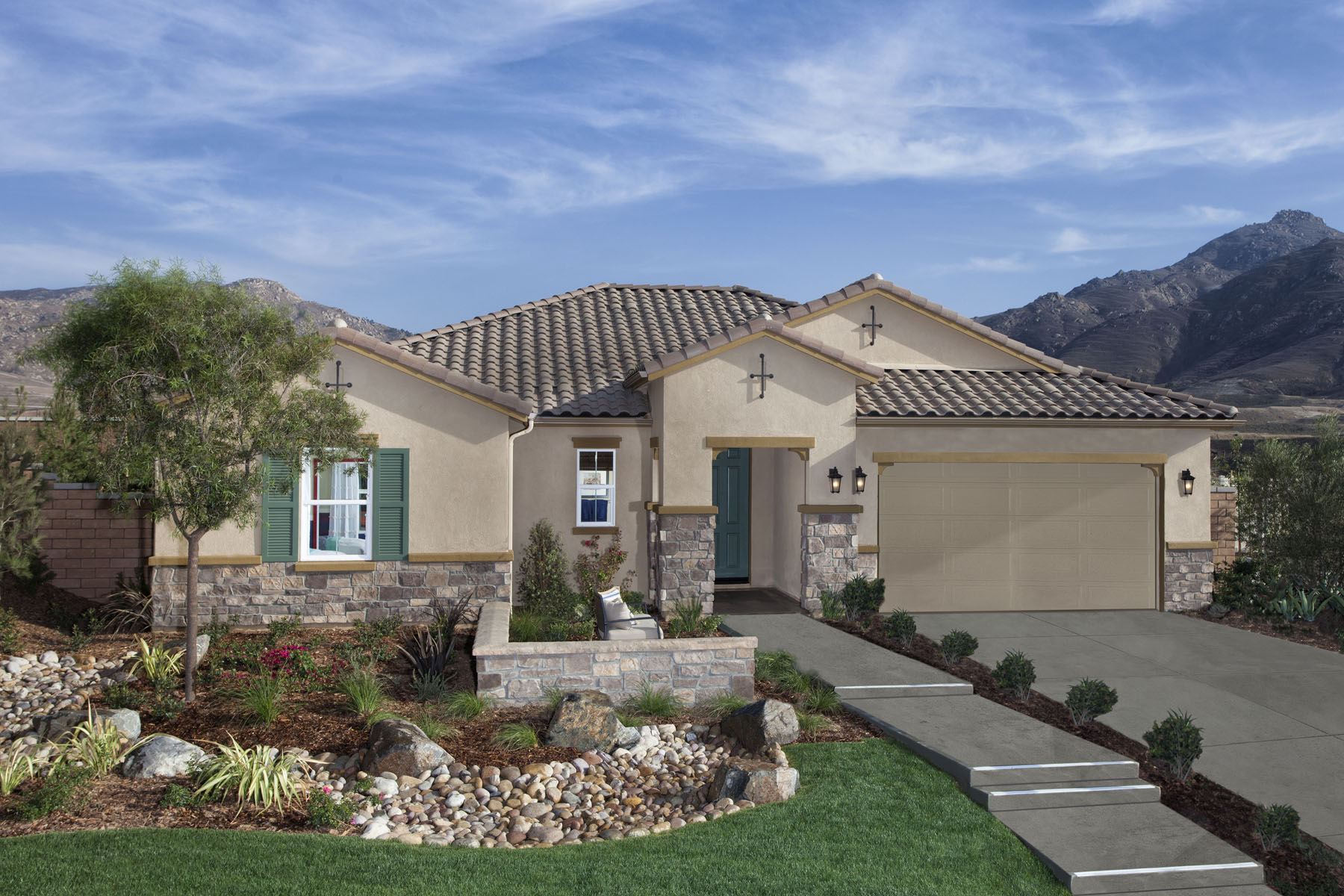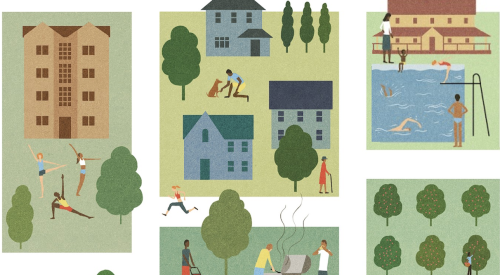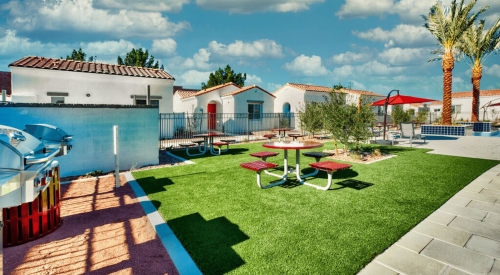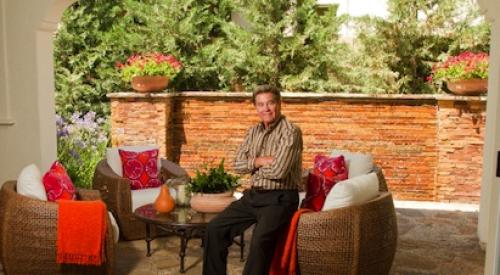Development and home building trends change rapidly, with changing buyer profiles, technology and lifestyles all contributing. Keeping pace may be challenging, but it’s essential for success.
Development has evolved dramatically over the years. Early master plan developers often took an “if you build it, they will come” approach. In so doing, they overlooked how buyers wanted to live and interact in their new community. Instead, they simply tried to accommodate a set number of lots in their plans, often on grid-like streets. This template approach proved ineffective over time. Now, developers often avoid strictly grid-like streets in favor of curvilinear designs near parks, open spaces and along major thoroughfares.
Today, many developers have moved beyond simplistic development templates, showcasing their sensitivity to what homebuyers desire in a home and surrounding community. This is demonstrated not only in artfully-planned community layouts, but also in unique floorplan offerings, safety features, amenity packages and other solutions.
For example, we know that parents have concerns about children and traffic safety, that millennials want convenience and proximity to public transit, and that the older generation has security concerns. We know that buyers in all ethnicity and age groups want pet amenities. Understanding and designing to suit the varying demands of these buyers requires a thoughtful, multi-segmentation approach. This, in turn satisfies many different age groups, cultures and familial structures in one community.
Showcase Your Understanding of the Project and the Buyer
As a builder today, you need to be willing to align with the developer’s overall project vision. Architectural themes will be established during entitlement and must be carried into your built homes. This is integral to the overall success of the project, so that there’s a cohesive result, no matter how many builders are engaged.
Developers choose builders based on their understanding of particular buyer sets. Showcase your proven ability to build for your particular demographic niche(s) and, when selected, offer flexibility in your product. For example, if targeting a millennial buyer, show the developer your ability to design the floorplan to reflect the buyer’s potential wish to rent a portion of the home. If building for a cultural demographic known for multi-generational living, address that in the designed living space. Demonstrating flexibility is key.
Today's Approaches are Targeted and Thoughtful
Over a decade ago Pulte Homes was one of the first large American homebuilders to deliberately introduce multi-segmented master planned communities through targeted strategic marketing and a Targeted Consumer Groups (TCG) classification system. Various forms of this approach are broadly applied by developers and builders today:
Spring Mountain Ranch, pictured above, is a new community in Riverside County, Calif., that spans nearly 785 acres and will provide more than 1,400 new single-family homes upon completion. Designed to target several consumer segments and accommodate residents of varying ages and lifestyles, it offers a peaceful setting reminiscent of country living, but is located just 10 minutes from downtown Riverside and all the amenities found there.
Highpark (formerly known as Ponte Vista), is a newer example of an infill master plan that is fully entitled and under development in Los Angeles. The project is designed to target multiple consumer segments in LA County’s South Bay region. The community will offer just under 700 new homes of varied types – traditional single-family, attached townhome and single- and multi-story flat style living – answering the lifestyle needs of buyers of a variety of ages, cultures and family structures.
These are just two of today’s current master-planned communities being designed to meet diverse buyer demands. Both communities reflect an evolved approach to development where deep consideration is given to how the individuals, couples and families will live in, interact with and utilize their homes and community spaces.













